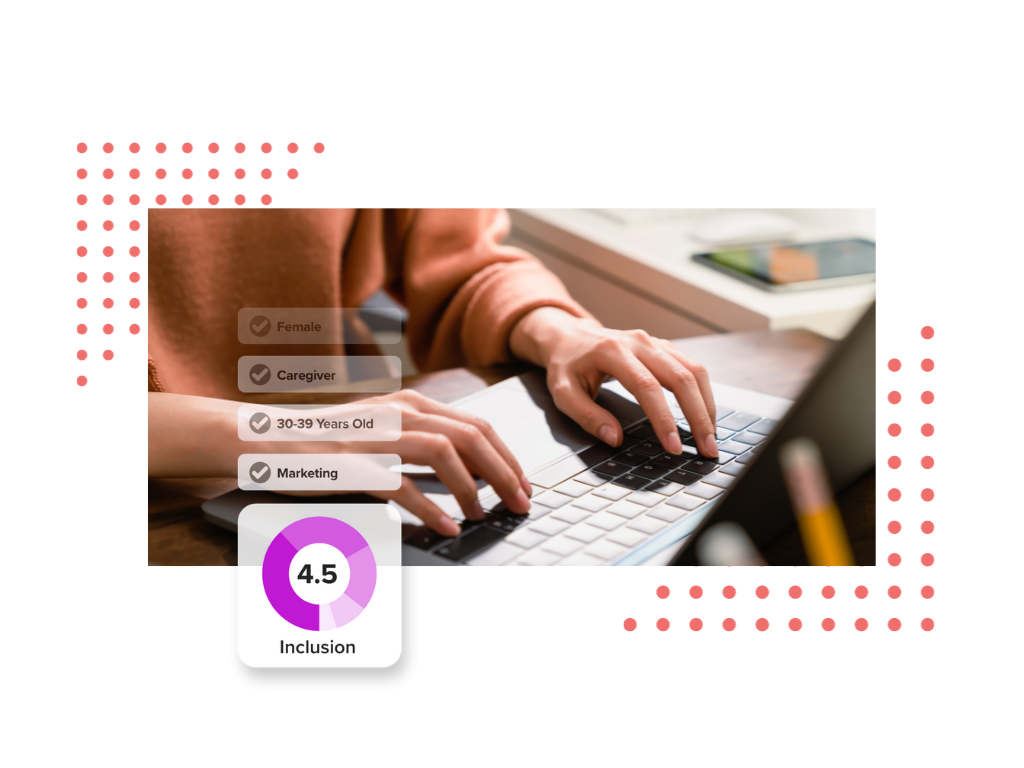Employee surveys serve as crucial instruments for gauging employee satisfaction, identifying areas for improvement, and fostering a positive work environment. However, to truly harness their potential, organizations must adopt effective strategies for designing, implementing, and analyzing their surveys.
Every step of the process is important. From choosing the right employee survey provider to crafting the right questions to encouraging full participation, how you implement your survey matters.
In this article, we’ll explore essential tips to help you get the most out of your employee survey tools and, in turn, improve retention and productivity.
Why employee surveys matter
Employee surveys have numerous benefits. They are crucial for understanding employees’ sentiments, identifying strengths and weaknesses, and driving improvements within an organization.
These surveys promote employee satisfaction and retention by addressing concerns and providing a starting point for communication and improvement. By fostering a culture of feedback and inclusion, organizations can make data-driven decisions, improve employee well-being, and ultimately gain a competitive advantage.

Types of employee surveys
Not all employee surveys are the same. There are numerous types of surveys that you can implement, each with their own unique purpose. Here are a few of the most commonly used surveys:
1. Employee engagement surveys
Employee engagement surveys measure the emotional connection employees have with their work and the organization. These surveys assess factors such as job satisfaction, motivation, commitment, and overall happiness at work. The data collected from engagement surveys helps organizations identify areas for improvement and develop strategies to boost employee morale and productivity.
2. New hire surveys
New hire surveys gather feedback from recently onboarded employees. These surveys evaluate the onboarding process, including orientation, training, and integration into the company culture. New hire surveys aid organizations in identifying potential areas of improvement in their onboarding process, ensuring that new employees feel welcomed and prepared for their roles.
3. Diversity, equity, and inclusion (DEI) surveys
Diversity, equity, and inclusion surveys focus on understanding employees’ experiences related to diversity and inclusivity in the workplace. These surveys assess perceptions of fairness, opportunities for growth, and inclusion of diverse perspectives. DEI surveys are essential in promoting a diverse and inclusive work environment, identifying potential biases, and crafting strategies to create a more equitable workplace.
4. Culture surveys
Culture surveys gauge the overall organizational culture and values. These surveys assess how well employees align with the company’s mission and whether the company culture supports their well-being and growth. The insights from culture surveys help organizations strengthen their cultural foundations and reinforce values that align with their desired workplace environment.
5. Psychological safety surveys
Psychological safety surveys measure employees’ perceptions of safety in sharing their ideas, opinions, and concerns without fear of negative consequences. A psychologically safe environment fosters open communication and encourages employees to take risks and innovate. These surveys help organizations understand the level of trust and openness within teams and guide efforts to enhance psychological safety.
6. Exit surveys
Exit surveys are conducted when employees leave the organization voluntarily or involuntarily. These surveys collect feedback on the reasons for departure, overall employee experience, and areas for improvement. Exit surveys are valuable in identifying trends that may impact retention and help organizations implement changes to enhance the employee experience and reduce turnover.
7. Candidate experience surveys
Though it’s not technically an employee survey, we feel candidate surveys are worth mentioning.
Candidate experience surveys are conducted after the recruitment process and focus on gathering feedback from job applicants. These surveys assess how candidates perceive the recruitment process, including application experience, interview process, and communication with the organization. Feedback from candidate experience surveys helps organizations enhance their recruitment practices and create a positive impression of the company for potential future employees.

Building your employee surveys
Crafting effective feedback mechanisms is essential for understanding your workforce, identifying areas for improvement, and fostering a thriving organizational culture.
Let’s delve into the process of building employee surveys that yield valuable insights and drive positive change within your organization.
Choose the right employee survey tool
Every organization is different, so choosing the right employee engagement tool that meets your organization’s specific needs is essential.
We get it— there are a lot of options out there when it comes to survey tools (including JobSage 😉). Finding the right tool takes a bit of research! When evaluating survey tools, consider factors like:
- Cost and budget
- Features
- Scalability
- Customization abilities
Understanding your needs and your tool’s abilities will ensure you are able to craft and send the survey you want and get the data that matters.
Clearly define your goals
Before launching an employee survey, establish clear and specific employee engagement goals. Determine the key areas you want to assess, such as employee satisfaction, communication effectiveness, or managerial support. By defining your goals, you’ll ensure that the survey type and questions align with your organizational priorities, making the collected data more relevant and actionable.
Craft thoughtful and focused questions
The engagement survey questions should be carefully crafted to elicit meaningful responses. Use a combination of closed-ended (e.g., 5-point Likert scale) and open-ended (e.g., comment boxes) questions to gather both quantitative and qualitative data. Avoid leading or biased questions, and keep the survey focused to maintain employee interest and participation.
Still not sure what questions to ask? We’ve compiled a list of the best employee survey questions.

Sending out your employee survey
You’ve built your survey, now it’s time to send it out and wait for the responses to start coming in. For best survey participation results, you’ll want to keep the following things in mind.
Ensure anonymity and confidentiality
To encourage honest and candid feedback, guarantee the anonymity and confidentiality of survey respondents. Employees are more likely to share their true thoughts when they know their responses won’t be traced back to them. Communicate this assurance clearly to your workforce to build trust and maximize the survey’s effectiveness.
Communicate the purpose and importance
Your efforts are only effective if you can garner survey participation. Before launching the survey, communicate its purpose and importance to all employees. Explain how their feedback will drive positive changes within the organization. Transparently sharing the survey’s goals fosters a sense of ownership among employees and encourages active participation.
Collect demographic data
Collecting demographic data from respondents is key to uncovering important trends and insights from your data. It allows organizations to gain a deeper understanding of the unique perspectives and needs of their workforce. By analyzing factors such as age, gender, ethnicity, and job role, companies can identify patterns and disparities in employee experiences, helping them tailor their strategies for a more inclusive and equitable workplace.

After getting employee feedback
Once you receive feedback from your employees, there is still plenty of work to be done! Here are ways to make the most of your data.
Act on the feedback received
Employee surveys lose their impact if the collected data is not acted upon. Analyze your employee engagement survey results, identify trends and areas for improvement, and create action plans to address the identified issues. Regularly update employees on the progress made based on their feedback, demonstrating that their voices are being heard and valued.
Involve employees in decision-making
Incorporate employees in the decision-making process following the survey. Seek input and suggestions on potential solutions to the identified challenges. Involvement in decision-making empowers employees and reinforces the notion that their opinions shape the organization’s direction.
Measure progress over time
Conduct regular follow-up surveys to track progress and evaluate the effectiveness of the implemented changes. Comparing data from previous surveys will help you understand the impact of your actions and identify areas that require continuous attention.
Celebrate success and share results
Publicly acknowledge and celebrate the positive outcomes resulting from the survey. Share the successes achieved through employee feedback, highlighting how the organization has improved due to their contributions. This fosters a culture of feedback appreciation and encourages future survey participation.
Conclusion
Employee survey tools can be transformative assets for organizations. By clearly defining objectives, crafting thoughtful questions, and acting on feedback, you can unlock valuable insights that lead to a happier, more engaged, and productive workforce.
Remember, employee surveys are not just about data collection. They are a vital step towards creating a workplace where employees feel valued and empowered to do their best work.
